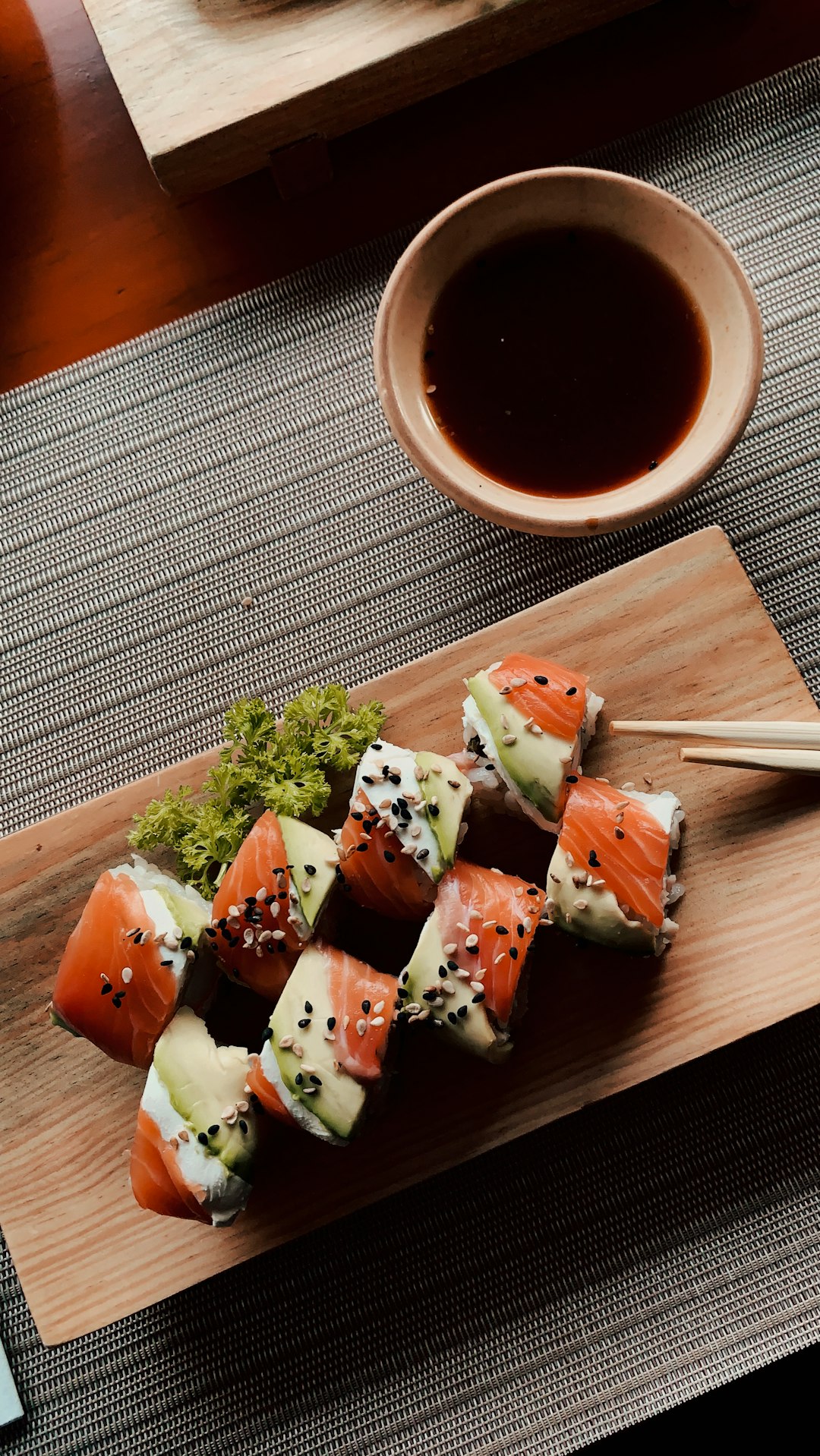Japanese sushi has a rich and storied history that dates back centuries. While many people around the world enjoy sushi today, few may realize the long and fascinating journey that this iconic dish has taken to reach its current status. From its humble beginnings as a simple street food in ancient Japan to its transformation into a global culinary sensation, sushi has undergone many changes and adaptations over the years.
The roots of sushi can be traced back to Southeast Asia, where people began preserving fish with rice as a way to preserve it for longer periods. This technique eventually made its way to Japan, where it evolved into the sushi that we know today. The earliest form of sushi, known as nare-zushi, involved fermenting fish with rice for several months before consuming it. While this may sound unappetizing to modern tastes, it was an effective way to preserve fish in the days before refrigeration.
Over time, sushi continued to evolve, with new ingredients and techniques being introduced to create different types of sushi. One of the most significant developments in the history of sushi was the invention of rice vinegar in the 17th century, which helped to improve the flavor and texture of the rice used in sushi. This innovation paved the way for the creation of nigiri sushi, which involves placing a slice of raw fish on a small mound of vinegared rice. Nigiri sushi quickly became popular in Japan and remains a staple of sushi menus around the world today.
In the 19th century, a culinary revolution took place in Japan with the introduction of modern sushi as we know it. The invention of the bamboo mat, known as a makisu, made it possible to roll sushi into cylindrical shapes, giving birth to the iconic sushi roll. This new style of sushi, known as makizushi, allowed for a greater variety of fillings and flavors, leading to the creation of popular sushi rolls such as the California roll and the spicy tuna roll.
In the early 20th century, sushi began to spread beyond Japan’s borders, first to the United States and then to other parts of the world. As Japanese immigrants introduced sushi to new audiences, it quickly gained popularity as a trendy and exotic food choice. Today, sushi can be found in restaurants and grocery stores in countries around the globe, with each region putting its own unique spin on this traditional dish.
As sushi has evolved and adapted to different cultures and tastes, it has continued to capture the imagination of food lovers everywhere. Whether you prefer classic nigiri sushi or trendy sushi rolls, there is no denying the impact that this iconic Japanese dish has had on the culinary world. So the next time you enjoy a plate of sushi, take a moment to appreciate the long and fascinating history behind this beloved cuisine.



